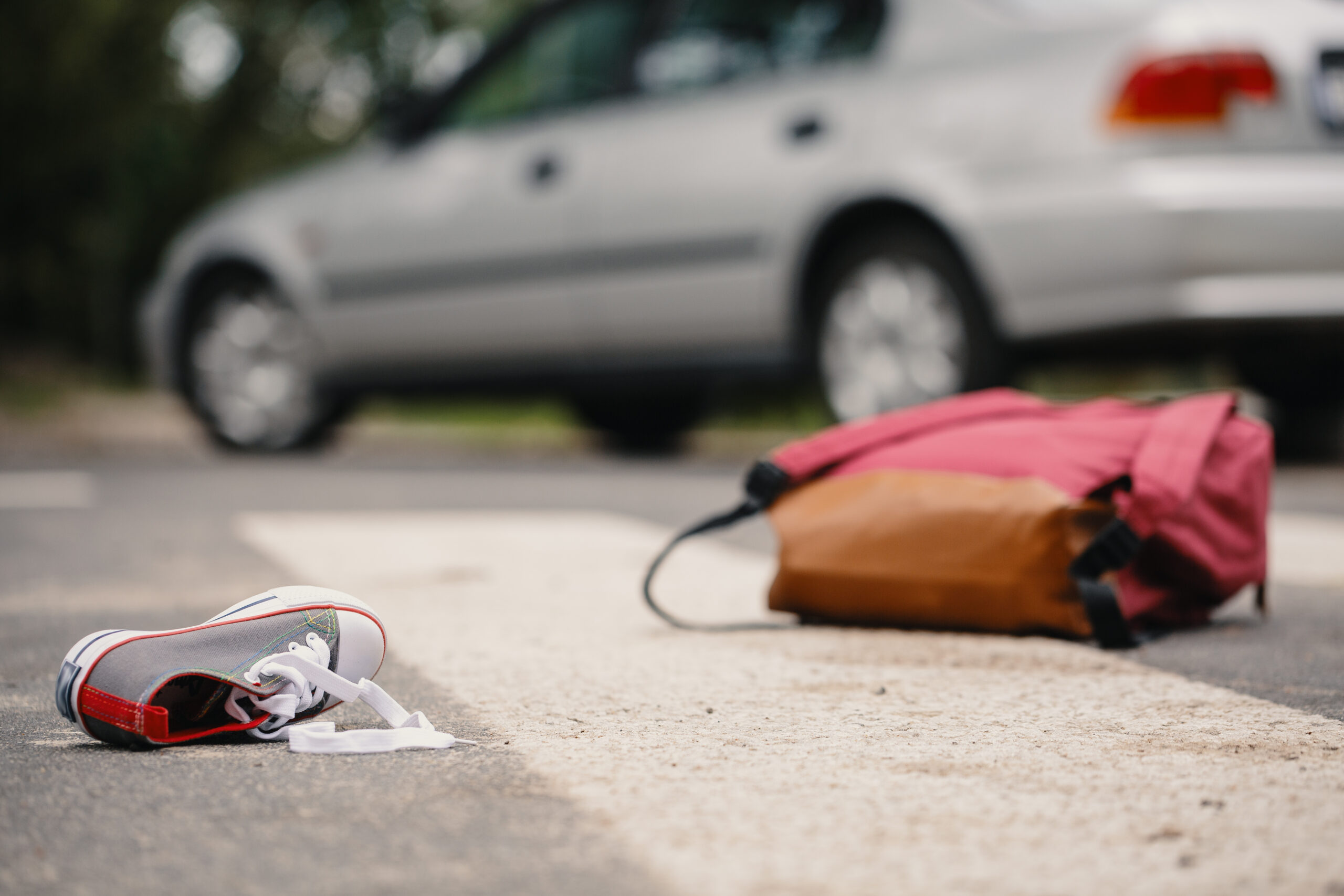Pedestrian accidents can be devastating, leading to severe injuries or even fatalities. In Hamilton County, Indiana, as in other jurisdictions, determining fault in these accidents is crucial for the victims to seek compensation for their damages. In some cases, both the pedestrian and the driver may share some degree of fault. This legal concept is known as “comparative fault” or “comparative negligence.” Understanding how comparative fault works in Hamilton County is essential for anyone involved in a pedestrian accident case. This article aims to shed light on the concept of comparative fault and its requirements in Hamilton County, Indiana, and provide valuable information to those facing such legal challenges.
What is Comparative Fault?
Comparative fault is a legal princip le applied in personal injury cases, including pedestrian accidents, when the injured party is partially responsible for their own injuries. Under comparative fault, the total amount of compensation awarded to the injured party is reduced based on their percentage of fault in the accident. The idea behind comparative fault is that each party involved should be held responsible for their respective contributions to the accident.
le applied in personal injury cases, including pedestrian accidents, when the injured party is partially responsible for their own injuries. Under comparative fault, the total amount of compensation awarded to the injured party is reduced based on their percentage of fault in the accident. The idea behind comparative fault is that each party involved should be held responsible for their respective contributions to the accident.
Requirements for Comparative Fault in Hamilton County, Indiana:
To apply comparative fault in a pedestrian accident case in Hamilton County, several requirements must be met:
Duty of Care:
In Indiana, drivers have a duty to exercise reasonable care while operating their vehicles. Similarly, pedestrians also have a duty to exercise reasonable care for their own safety while walking on or crossing the road. Both parties must adhere to their duty of care to avoid accidents.
Breach of Duty:
For comparative fault to be considered, there must be evidence showing that either the driver or the pedestrian breached their duty of care. For instance, a driver may have been speeding, distracted, or disobeying traffic signals, while a pedestrian may have jaywalked or crossed the street without using a designated crosswalk.
Causation:
Causation establishes the link between the breach of duty and the accident. The breach of duty by either party must have directly contributed to the occurrence of the accident and the resulting injuries.
Comparative Negligence Assessment:
Once the court determines that both the driver and the pedestrian were negligent in some way, they will assess the comparative negligence of each party. Each party’s percentage of fault will be assigned based on their actions leading up to the accident. If the injured party’s fault is determined to be greater than 50%, then they would lose their case.
Damages and Compensation:
The final step involves calculating the damages suffered by the injured party and then applying the percentage of fault to determine their compensation. If the pedestrian’s fault is determined to be 40%, and the total damages are $100,000, the pedestrian would be eligible to receive $60,000 (i.e., $100,000 – 40% = $60,000).
Importance of Seeking Legal Representation:
Proving comparative fault in a pedestrian accident case can be complex and challenging. Insurance companies often try to shift blame onto the injured pedestrian to minimize their liability. For this reason, it is crucial for pedestrians involved in accidents to seek legal representation from experienced personal injury attorneys who can protect their rights and build a strong case to establish the true extent of fault.
Common Factors Affecting Comparative Fault:
In Hamilton County, Indiana, there are several common factors that can significantly impact the determination of comparative fault in pedestrian accident cases:
Traffic Violations:
If either the driver or the pedestrian was cited for a traffic violation at the scene of the accident, such as running a red light or crossing against a “do not walk” signal, it can heavily influence the comparative fault assessment.
Visibility and Lighting Conditions:
The visibility and lighting conditions at the time of the accident play a crucial role in determining fault. If it is found that the pedestrian was not easily visible to the driver due to poor lighting or obstructed views, it might lessen the pedestrian’s percentage of fault.
Intoxication or Impairment:
If either the driver or the pedestrian was under the influence of alcohol, drugs, or any other substances that impaired their judgment and reflexes, it can significantly impact the assignment of fault.
Use of Crosswalks and Pedestrian Signals:
Pedestrians are generally expected to use designated crosswalks and obey pedestrian signals when crossing the road. Failure to do so may contribute to a higher percentage of fault assigned to the pedestrian.
Distracted Driving or Walking:
Distracted driving, such as using a cell phone while driving, and distracted walking, such as using a mobile device while crossing the street, can be factors that influence fault allocation.
Being involved in a pedestrian accident can be a traumatic experience. Understanding how comparative fault works in Hamilton County, Indiana, is vital for victims to pursue the compensation they rightfully deserve. The doctrine of pure comparative fault allows injured pedestrians to seek compensation even if they were partially at fault for the accident. However, navigating through the legal process and negotiating with insurance companies can be overwhelming, making it essential to consult with a knowledgeable personal injury attorney.
If you or your loved one has been injured in a pedestrian accident, don’t hesitate to contact our experienced team at Wyant Law. We have a proven track record of successfully handling pedestrian accident cases in Hamilton County, Indiana, and are committed to advocating for your rights and securing the compensation you deserve. Call us today for a free consultation and let us help you navigate the complexities of comparative fault and seek the justice you need.

